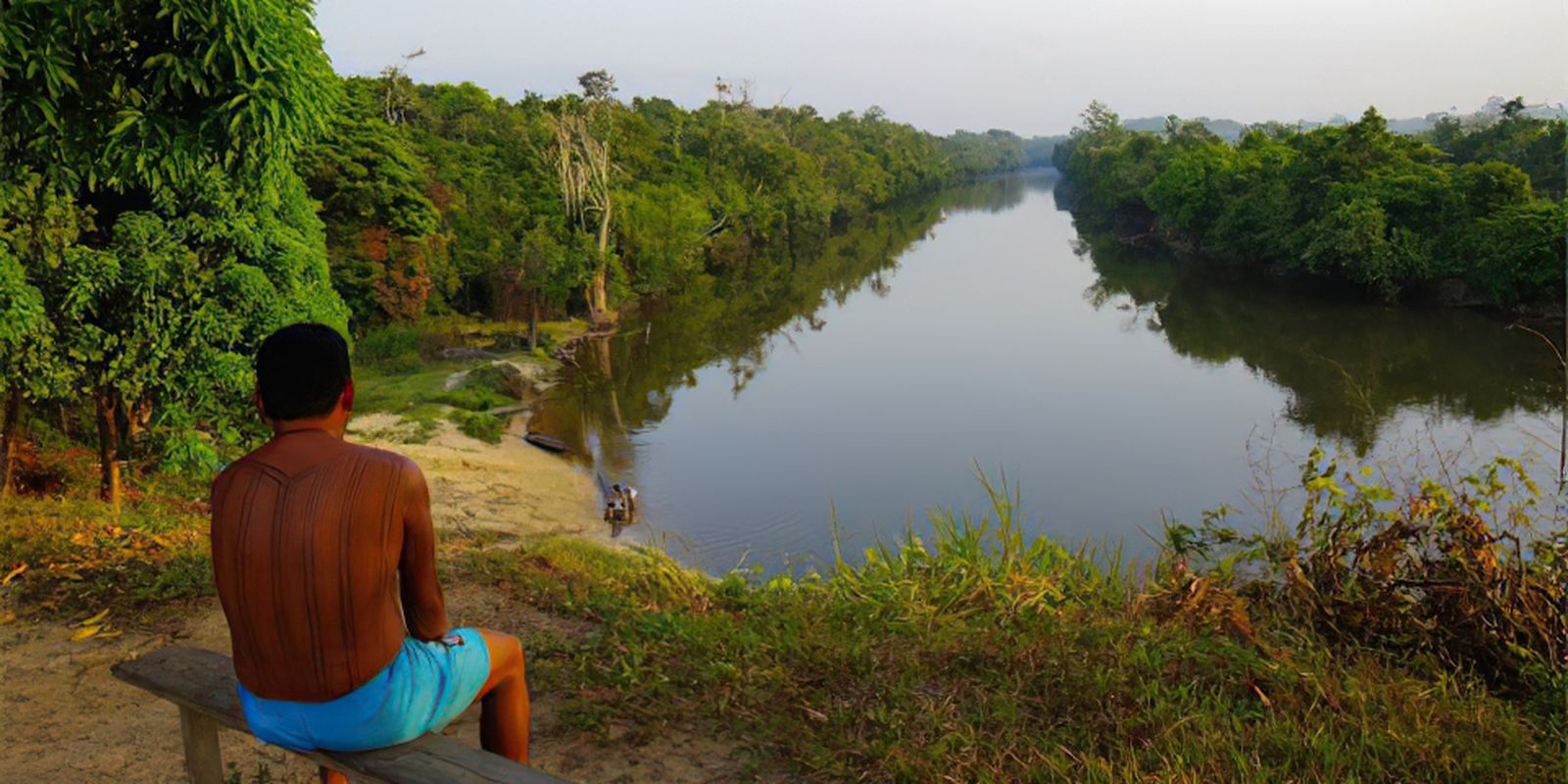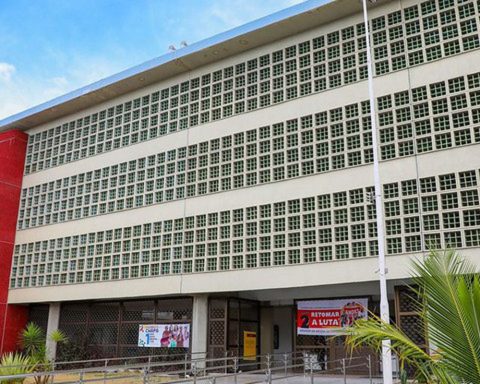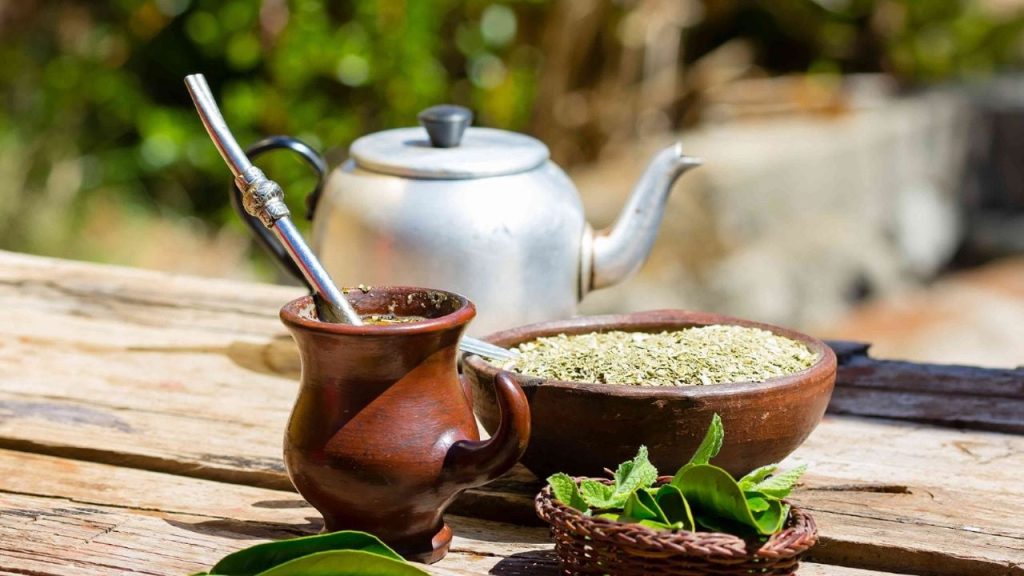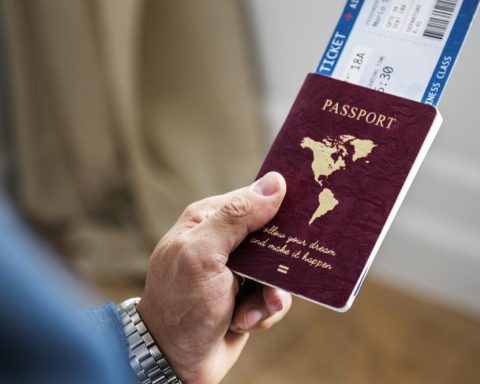A study released this Tuesday (2) by the Serrapilheira Institute indicates that indigenous lands in the Amazon influence the rainfall that supplies 80% of the area of agricultural activities in the country. 
The data indicates that, in 2021, the economic income of the agricultural sector in the areas most benefited by this dynamic reached R$338 billion — 57% of the national total.
“The conclusion is that the impact of preserving ITs [terras indígenas] it goes beyond the environment, standing out as a key piece for Brazil’s water, food and economic security”, highlighted the institute.
States
The study reveals that at least 18 states and the Federal District are partially or totally within the area of influence of Amazonian indigenous lands.
“In states such as Acre, Mato Grosso, Mato Grosso do Sul and Paraná, there are regions where rain from the recycling of water made by the forests of the Amazon TIs reaches a third of the annual total for each location.”
According to the institute, up to 30% of the average rain that falls on the country’s agricultural lands is directly related to the efficient recycling of water in these territories.
Despite the conclusions, Rondônia and Mato Grosso, which are among the nine states most influenced by this rain, are among those that have deforested the most forests since 1985.
Food safety
The data shows that rain from these indigenous lands also directly contributes to national food security, since the share of family farming in the value of total production exceeds 50% in several affected states.
“In practice, the Amazon ‘irrigates’ a large part of the country through the so-called ‘flying rivers’: the moisture recycled in the forests of Amazonian indigenous lands is transported by the atmosphere and becomes rain in other regions of Brazil, such as the Center-West and the South”, highlighted the Serrapilheira Institute.
This natural rain generation mechanism, according to the study, depends on the maintenance of preserved native forest areas, responsible for pumping moisture into the atmosphere.
Understand
Indigenous lands currently occupy around 23% of the so-called Legal Amazon, include more than 450 territories and are home to around 403,600 people.
“They have acted as a barrier to deforestation throughout history: of the 4.4 million hectares deforested in the Amazon biome between 2019 and 2023, only 3% (130.2 thousand hectares) occurred within TIs.”
According to the institute, this happens because most of the activities carried out on indigenous lands are carried out in an integrated manner with the ecosystem, involving forms of use and management that do not necessarily involve removal of native vegetation.
“There is, therefore, an intrinsic relationship between the territorial protection of indigenous peoples and the conservation of ecosystems”, he concluded.
















